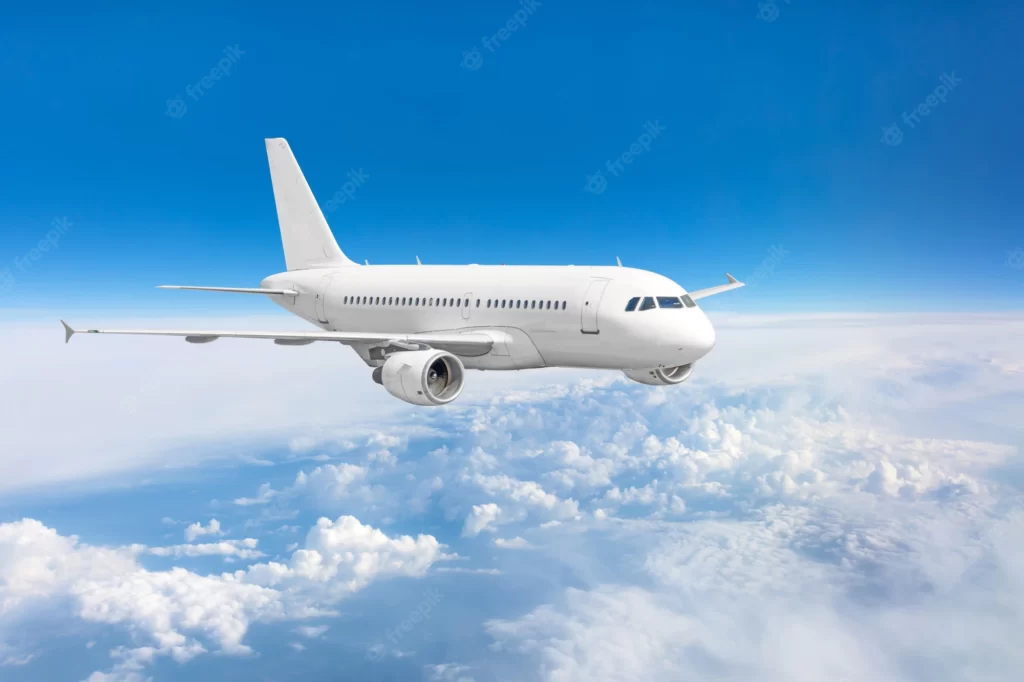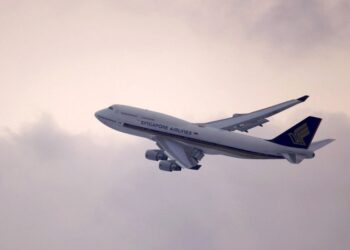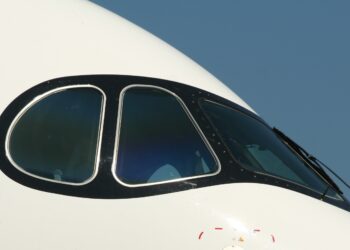Although there are exceptions, most commercial jets fly at around 28,000 to 35,000 feet. Being that Earth’s troposphere is between 23,000 and 65,000 feet — depending on the season and latitude, at least — this means that commercial jets are almost always within the troposphere. The only exception is when a commercial jet is taking off or landing, in which case it will obviously reach lower altitudes. So, why do commercial jets fly in the troposphere rather than the stratosphere?
To better understand the reasoning for this, you must first look at the Earth’s atmosphere. The troposphere is the lowest level of Earth’s atmosphere. Above it, however, is the stratosphere, followed by the stratopause and then the mesosphere. Commercial jets can certainly fly above or below the troposphere, but this layer of the atmosphere offers ideal flying conditions for several reasons.
First, the troposphere produces minimal drag or resistance for commercial jets. If commercial jets flew below the troposphere, they would burn more fuel due to the increased drag at lower altitudes. This is because air is thicker at lower altitudes, requiring commercial jets to expend more energy to “push” themselves through the skies. In the troposphere, however, the air is thinner, thereby making commercial flights more fuel efficient.
Upon reading that, you might be wondering why commercial jets don’t fly in higher levels of Earth’s atmosphere like the stratosphere or mesosphere. After all, if air gets thinner at higher altitudes, conventional wisdom may lead you to believe that flying in the stratosphere would provide even greater fuel efficiency benefits than flying in the troposphere. Well, the problem with flying above the troposphere is that the air is too thin to produce any substantial amount of lift for commercial jets. And if a commercial jet doesn’t produce enough lift, it won’t be able to sustain its cruising speed.
Of course, there are exceptions, such as military aircraft. Many military aircraft are designed with larger wings than commercial jets, allowing them to produce more lift from less air. These military aircraft are able to fly above the troposphere while producing an adequate amount of lift from the otherwise thin air.
The next time you take a commercial flight, pay attention to the jet’s cruising altitude. You’ll probably discover that it flies somewhere in the troposphere, which is important for two reasons: the air is thin enough to minimize drag, yet it’s also thick enough to produce an adequate amount of lift. For these reasons, commercial jets almost always fly in the troposphere.



















